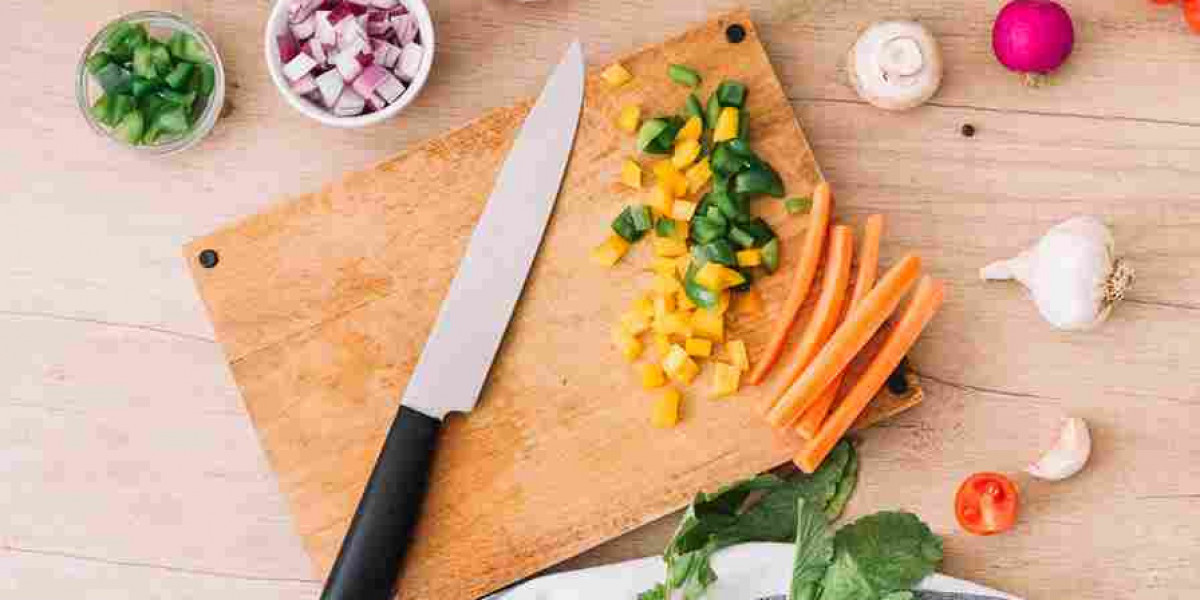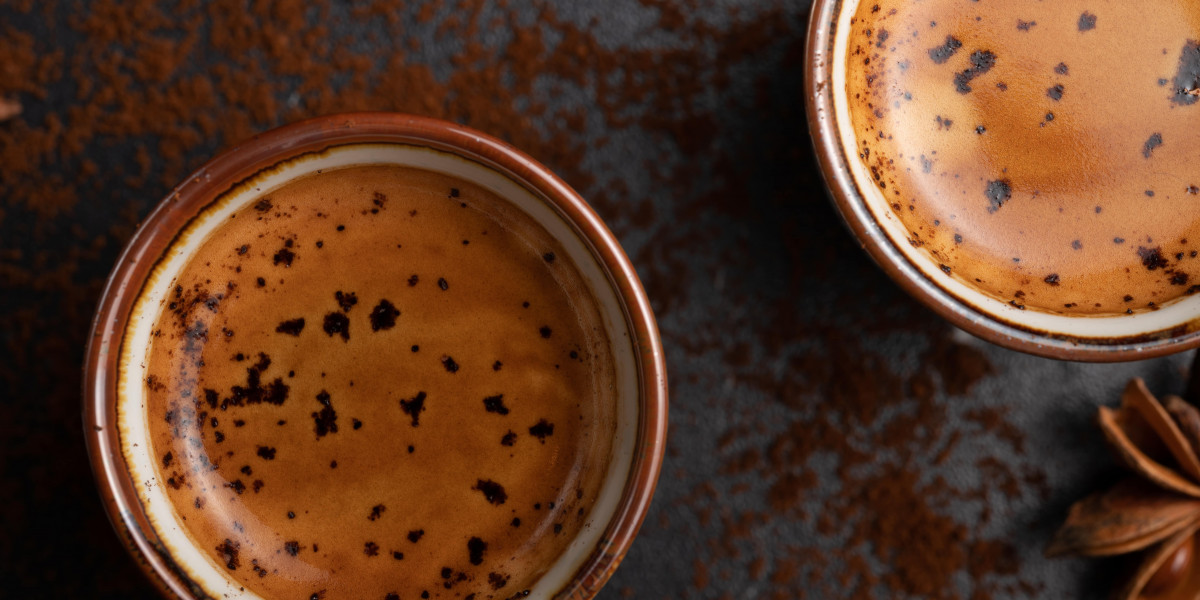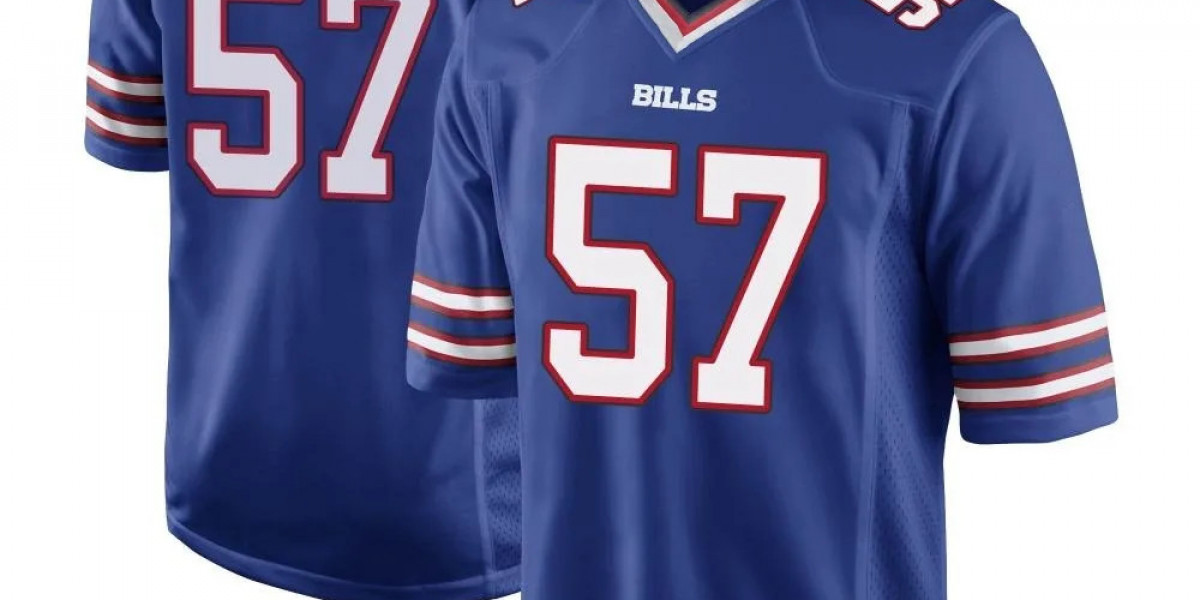When it comes to choosing the right knife set for your kitchen, one of the most important decisions involves selecting the type of steel used in the blades. Two of the most respected types are German steel and Japanese steel. Both have unique characteristics and advantages, and understanding the differences can help you make an informed decision based on your cooking style, needs, and preferences. It is also important to know how to take care for your kitchen tools and equipments
Overview of German Steel Knives
German steel knives are known for their durability, strength, and versatility. These knives are typically made from high-carbon stainless steel, such as X50CrMoV15, which offers a good balance between hardness and corrosion resistance. German knives are often designed with a thicker blade and a more curved edge, making them ideal for heavy-duty kitchen tasks like chopping, slicing, and cutting through bones or hard vegetables.
One of the standout features of German knives is their full tang construction, meaning the steel extends through the handle. This provides balance and stability during use. Brands like Wüsthof and Zwilling J.A. Henckels are well-known for their high-quality German knife sets that combine traditional craftsmanship with modern technology.
Overview of Japanese Steel Knives
Japanese steel knives are celebrated for their sharpness, precision, and lightweight design. Typically made from high-carbon steel varieties like VG-10 or SG2, Japanese knives can be hardened to a higher degree than German knives. This allows them to maintain a sharper edge for longer periods, making them ideal for precision tasks such as slicing sashimi, dicing vegetables, or filleting fish.
Japanese knives usually have a thinner blade and a straighter edge. This design supports fine, delicate cuts but may not be suitable for tougher kitchen tasks. Brands like Shun, Global, and cookware Miyabi are among the top names offering authentic Japanese knife sets with exceptional performance and craftsmanship.
Key Differences Between German and Japanese Steel
Blade Hardness and Edge Retention
Japanese steel knives tend to be harder on the Rockwell scale, often rating between 60-63 HRC (Hardness Rockwell C). German steel knives usually fall between 56-58 HRC. The higher hardness of Japanese steel allows for sharper edges and better edge retention, but also makes the blades more brittle and susceptible to chipping if misused.Blade Thickness and Weight
German knives are generally thicker and heavier, which adds durability and strength for cutting through dense or tough foods. Japanese knives, on the other hand, are lighter and thinner, which enhances control and precision but makes them less suitable for heavy-duty tasks.Edge Angle
German knives typically have an edge angle of around 20 degrees per side, providing a robust and sturdy edge. Japanese knives often feature a sharper edge angle of 15 degrees or even less, resulting in cleaner cuts and finer slices.Maintenance and Sharpening
Due to their softer steel, German knives may require more frequent sharpening but are easier to sharpen and more forgiving of errors. Japanese knives hold their edge longer but require more careful maintenance and are best sharpened using whetstones, preferably by someone experienced.Design and Handle
German knives often have a more ergonomic handle, designed for comfort and long hours of use. Japanese knives may have a traditional wooden or D-shaped handle, which caters to specific grip styles and hand sizes.
Which One Should You Choose?
Choosing between German and Japanese steel knife sets depends largely on how you cook and what you prioritize in kitchen tools.
If you value durability, all-purpose use, and ease of maintenance, German steel knives are a reliable option. They are particularly useful in kitchens that require robust tools for a variety of tasks, from cutting meats to chopping vegetables.
If precision, fine slicing, and a razor-sharp edge are more important to you, Japanese steel knives will likely be a better fit. They are perfect for those who focus on detail-oriented cooking and handle their tools with care.
Conclusion
Both German and Japanese steel knife sets offer high performance, but they serve different needs and preferences in the kitchen. German knives are strong, durable, and versatile, making them suitable for most home cooks and professionals alike. Japanese knives, with their sharpness and precision, are ideal for chefs who focus on intricate and delicate food preparation.
By understanding the core differences in materials, construction, and design, you can select the knife set that complements your cooking habits and enhances your culinary experience.
Read more blogs on vibrantclubs.com
Download lifesmile application from app and play store







